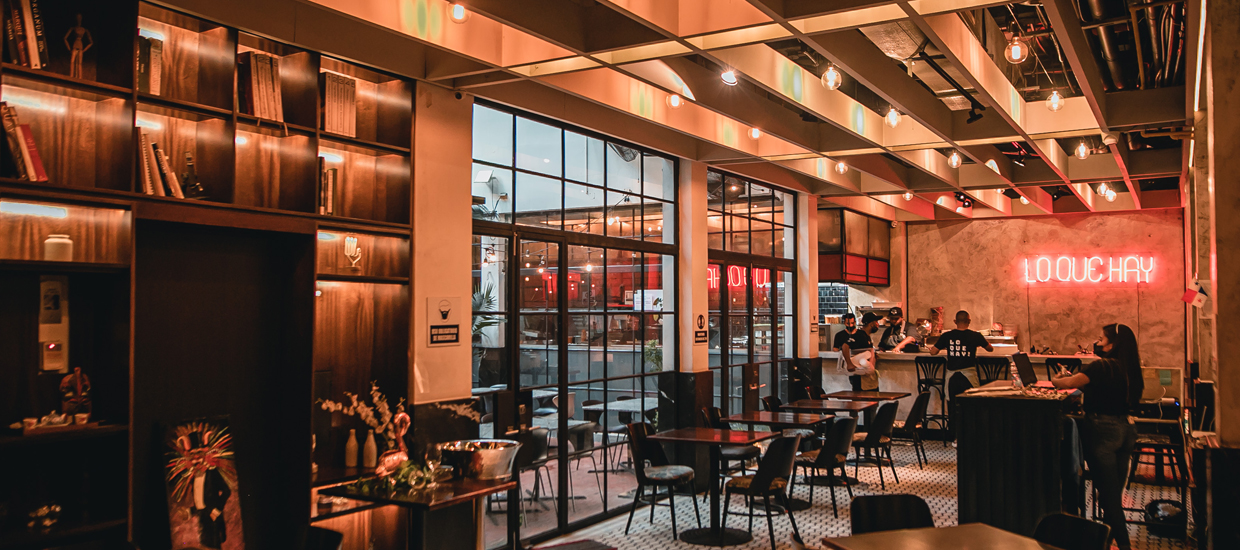From banana leaf–wrapped tamales to Hong Kong–style dim sum, the cuisine of Panama is a surprising fusion of African, Spanish, Chinese, and Caribbean flavors. The global mishmash is easy to understand, though, given the country’s diverse ecosystems, its location straddling two continents, its colonial history, and the international influences brought in by the Panama Canal. UNESCO named Panama City a City of Gastronomy in 2017, and today bright young chefs are pushing new boundaries in the capital, applying what they’ve learned in fine-dining kitchens around the world to indigenous ingredients and traditional recipes. Here are five places in Panama City to sample the nation’s bounty.
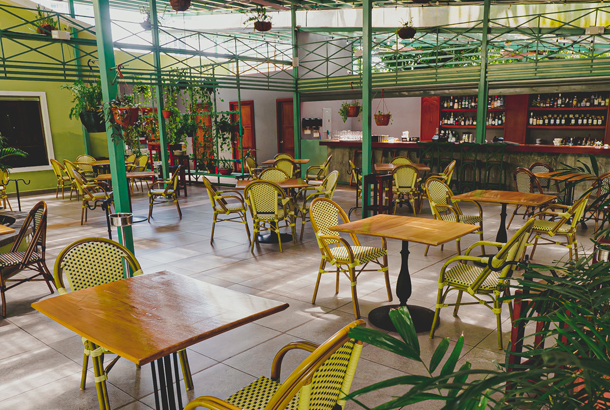
Maito
One of Latin America’s 50 Best Restaurants for three consecutive years, peaking at sixth in 2022, this acclaimed spot specializes in what chef Mario Castrellón calls chombasia, “a Panamanian mix of Afro-Caribbean, with Asian flavors.” One of his signature dishes is the Pesca Afro—corvina and vegetables in a curry coconut sauce.
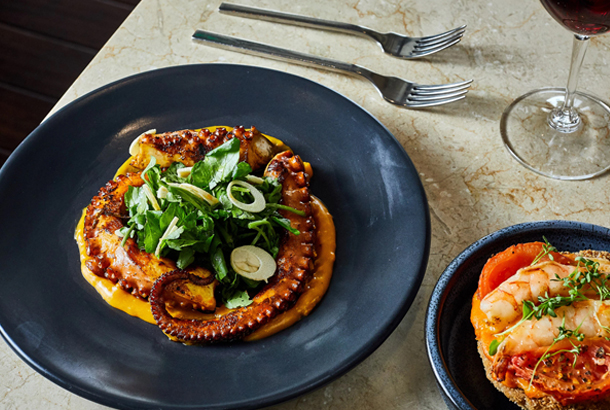
Mestizo Restaurant
Chef David Izquierdo uses molecular gastronomy techniques he honed in Europe, Mexico, and China on time-honored Panamanian ingredients. “We have a stellar team of chefs working on recipe development and rescuing old family recipes from all across Pan-ama,” he says. Izquierdo’s sancocho de gallina—a popular countryside chicken soup—includes the smokiness of native nance wood, as well as yuca, culantro, and oregano.
Fonda Lo Que Hay
A fonda is a type of roadside restaurant found throughout Panama, and chef José Olmedo Carles Rojas’s modern take on the concept earned a place on the 50 Best Discovery list. “We serve food that speaks about Panama, more than being strictly Panamanian,” the chef says. “Diners love our take on traditional concolón,” or the burned rice from the bottom of the pan. “Ours is more like a rice cake—crispy on one side and spongy on the other.”
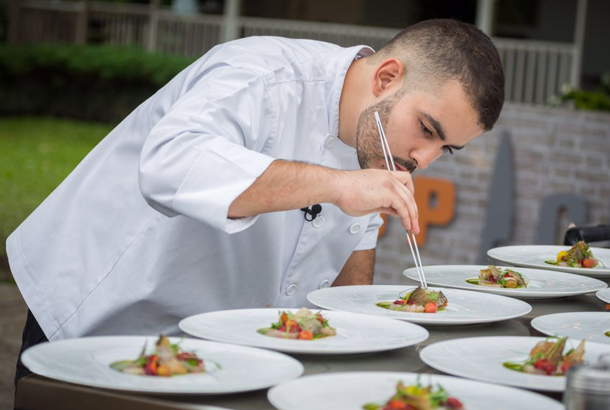
Riesen
Top Chef Panama winner Hernán Correa Riesen serves a 15-course tasting menu here, with the most renowned dishes also being the most traditional: ember-roasted suckling lamb, native black rice, and heritage purple corn. “We only work directly with small farmers,” Correa says. “When they have a new indigenous ingredient available, we try to purchase their entire harvest. It’s the best way to support micro-producers.”
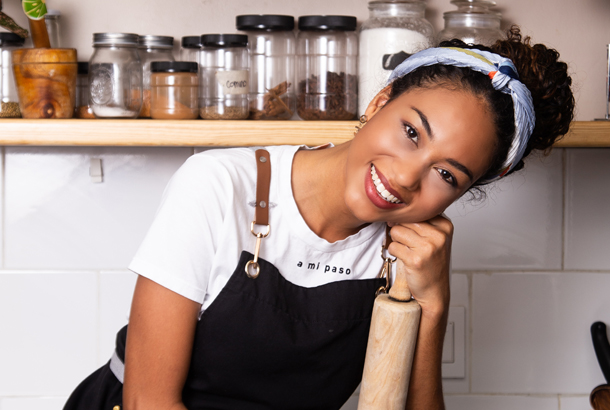
Baran Blü
Basque Culinary Center– trained chef Andrea Pinzón offers what she calls a “plant-forward menu” at her pop-up restaurant. Baran blü means ‘banana flower’ in Ngäbere, and Pinzón sources ingredients from the indigenous Ngäbe-Buglé people. One of her menu’s big hits is the bao, a savory, slightly sweet Chinese bun filled with soy sauce–glazed mushroom and eggplant and topped with pickled onion, caramelized peanut, and fresh chive.
